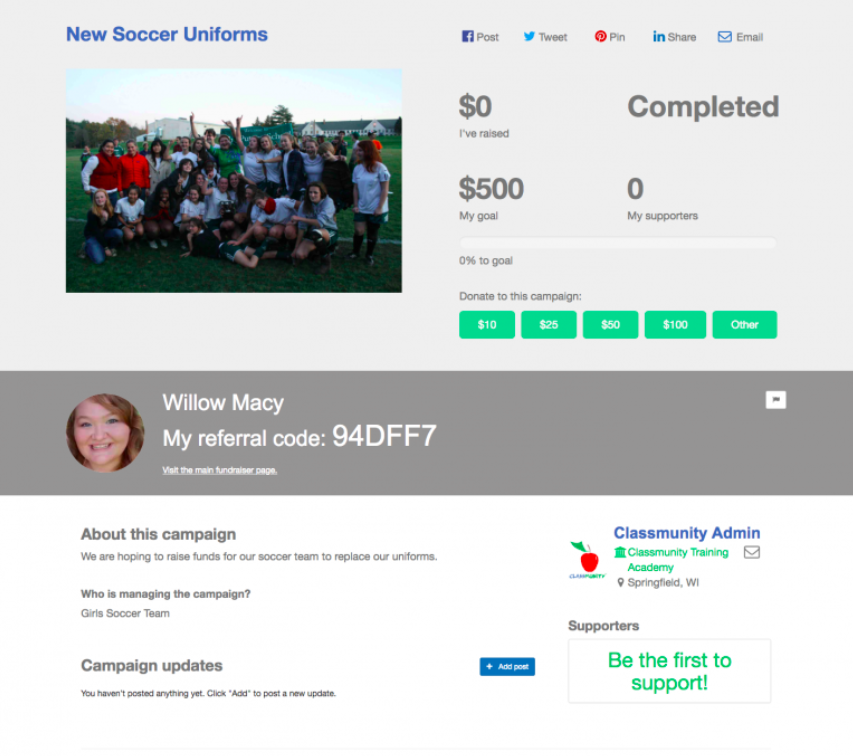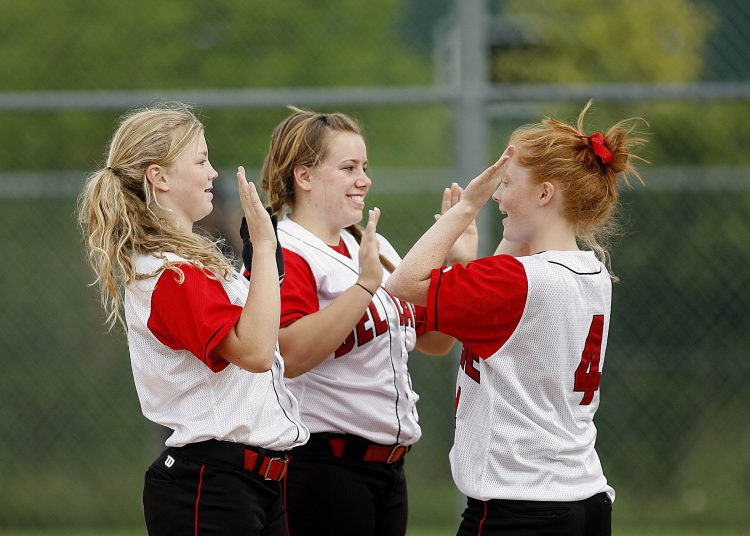Welcome to Part 3 of the Fundraising for Large Campaigns blog series. In this series we will share best practices from your peers who have been successful with large fundraising campaigns. If you’re new to the series, you may want to start with Part 1: The Planning Phase.
The third phase of preparing for your large fundraiser is Team Building. At this point you will have already come up with your fundraising plan and developed materials to promote it. The details of how you will go about building your team will be dictated based on your situation, but there are some general guidelines to follow.
The core of your fundraising team can be divided into two categories: individuals and organizations. Individuals typically include students, parents, and alumni. If your project has a direct student impact – such as many athletic fundraisers – involving students who will benefit can be a great way to build a team of energized fundraisers. For example, we have seen teams use promoter pages successfully for softball team raises, overseas trips, domestic trip and more. Using a donation campaign where each player can set their own goal can help reach the overall team goal faster.
When working with students, it can be useful to set a fundraising goal – either a certain number of donations or an overall amount to raise. Also, giving students an easy way to spread the word about the fundraiser, share a personalized message, and collect donations is a best practice. For example, fundraisers on Classmunity make use of our Supporter pages for students, which allows each student to have a personalized fundraising page to share out with family and friends.

Parents also can play an important role in fundraising. Parents are a great source of donations, and will often give both to support the school as well as help their student meet their fundraising goals. They also can assist their student in fundraising activities, and will often support the fundraiser itself in other ways, such as volunteering at events. Alumni are a great source of support for fundraisers. They are frequently willing donors for fundraisers related to their interests when they were students at your school. So for example, if you’re raising funds for a new scoreboard for your stadium, any alumni who has fond memories playing sports in the stadium or attending games is a potential donor. Like parents, they also are interested in helping with events, especially if it involves being able to visit the school and seeing old classmates and teachers. For example, if we’ve successfully seen a notable alumni serving as an auctioneer at a dinner event, and in another case an alumnus’ band provided entertainment.
In addition to building a team to execute the fundraiser, it is also important not to overlook your anchor donors. When running a large fundraiser, it is important that you have raised substantial funds before you go public with the project. The reason for this is twofold: (1) it de-risks the project for you and your school because it increases the likelihood of project success and (2) it makes the public more confident about donating. Your anchor donors are groups or individuals who share your vision and are capable of writing a large check to support it. Although the amount you should raise prior to taking the fundraiser public varies based on your situation, often large campaigns will raise up to half of needed funds before going public. Anchor donors can include local businesses or private individuals. In phase 1 you should have collected a list of past donors, which can be a starting point for finding anchor donors. Also do not overlook grants as a source of funds. The key element is demonstrating that you have collected enough funds from people or organizations who believe in your project to make the public comfortable donating to it.
Stay tuned for the next post in the series Fundraising for Large Campaigns: Phase 4 – Raising Funds!

Leave a Reply